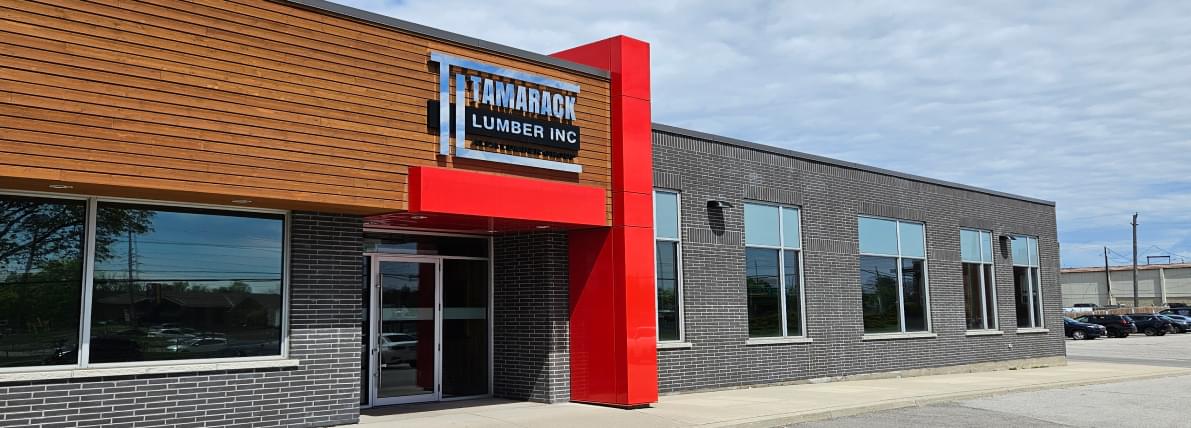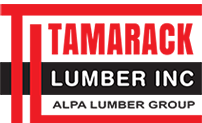
Two Critical Rules in Designing Crown Mouldings in Toronto
Mouldings have been in existence for centuries, having been used in various historical architectures around the world. Interior decorators love them because they provide an easy and great transition between various design styles and materials. They were very popular back then, and even remain popular now since mouldings in Toronto provide a stylish and timeless look that is simply unmatched.
If you’re a general contractor looking for mouldings in Toronto, our Burlington shop has a number of designs to choose from!
Apart from floor and wall mouldings, you can also transform your ceiling into a beautiful space with different and sophisticated rose mouldings. Our mouldings in Toronto are available in variety of profiles which seem to be endless. Among them, crown mouldings are the most common type which can totally transform a room with a standout design!
There are many ways to achieve the best-looking crown moulding. You can have elaborate cornices for a built-up style using a good combination of multiple moulding pieces. However, you can easily mess up your room using the wrong mouldings. So to help you get the most out of our mouldings in Toronto without sacrificing on the final result, here are the two tried and proven rules when designing crown mouldings.
Rule #1: Golden Ratio Rule
The golden ratio has existed for centuries and has been applied to various architectural structures ever since. Applying this to crown mouldings in Toronto means a moulding on a wall should correspond to the cornice of a column. To get the ideal height of the moulding, the diameter of a wall should be back-calculated.
Rule #2: Find The Mouldings That Suit The Style
You might think mouldings are just profiles that you can add anywhere you want. However, there’s a lot that should go into choosing the right mouldings for your Toronto home building project. It’s important to discuss the specific style you’re trying to emulate within the home or building you’re working on.

